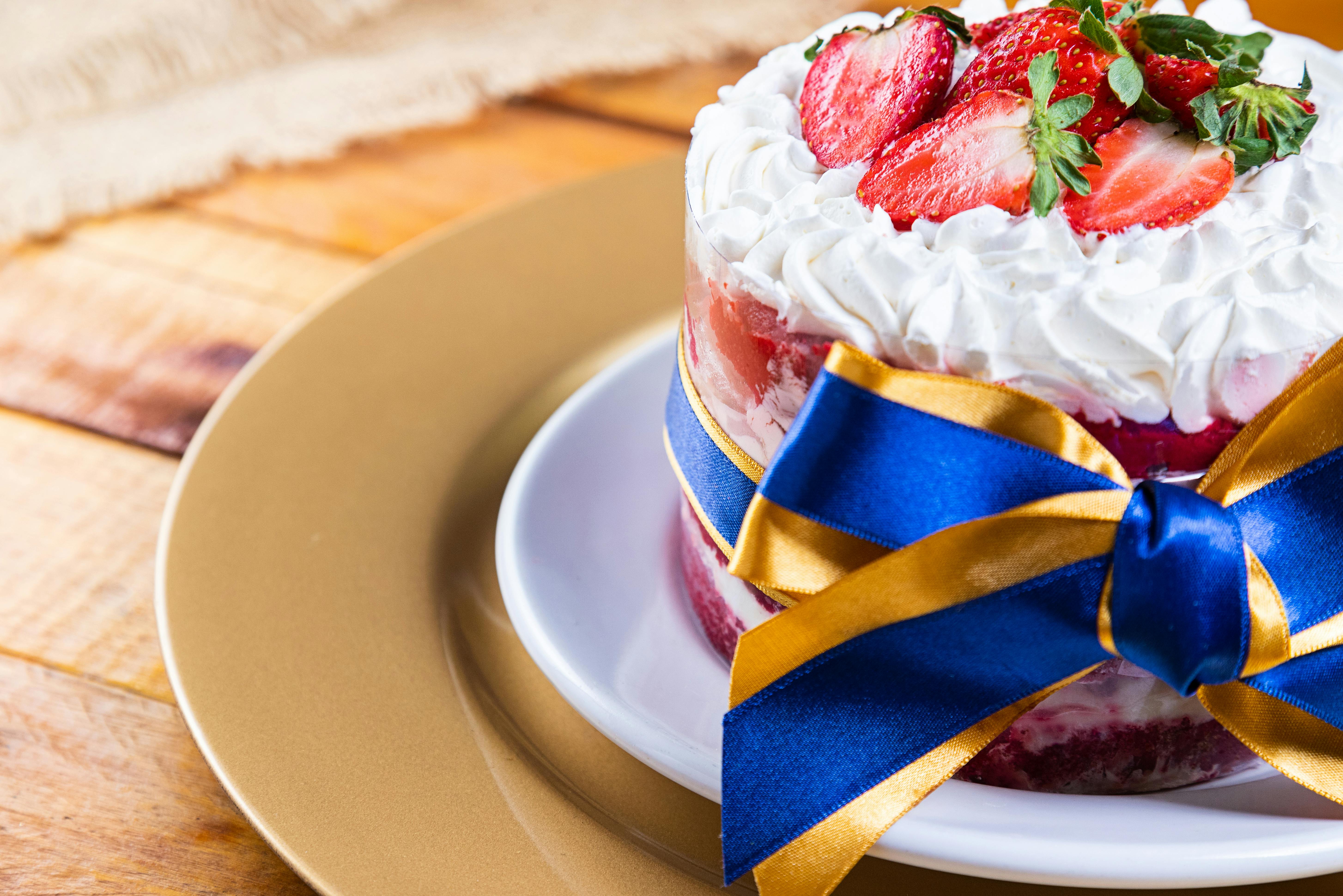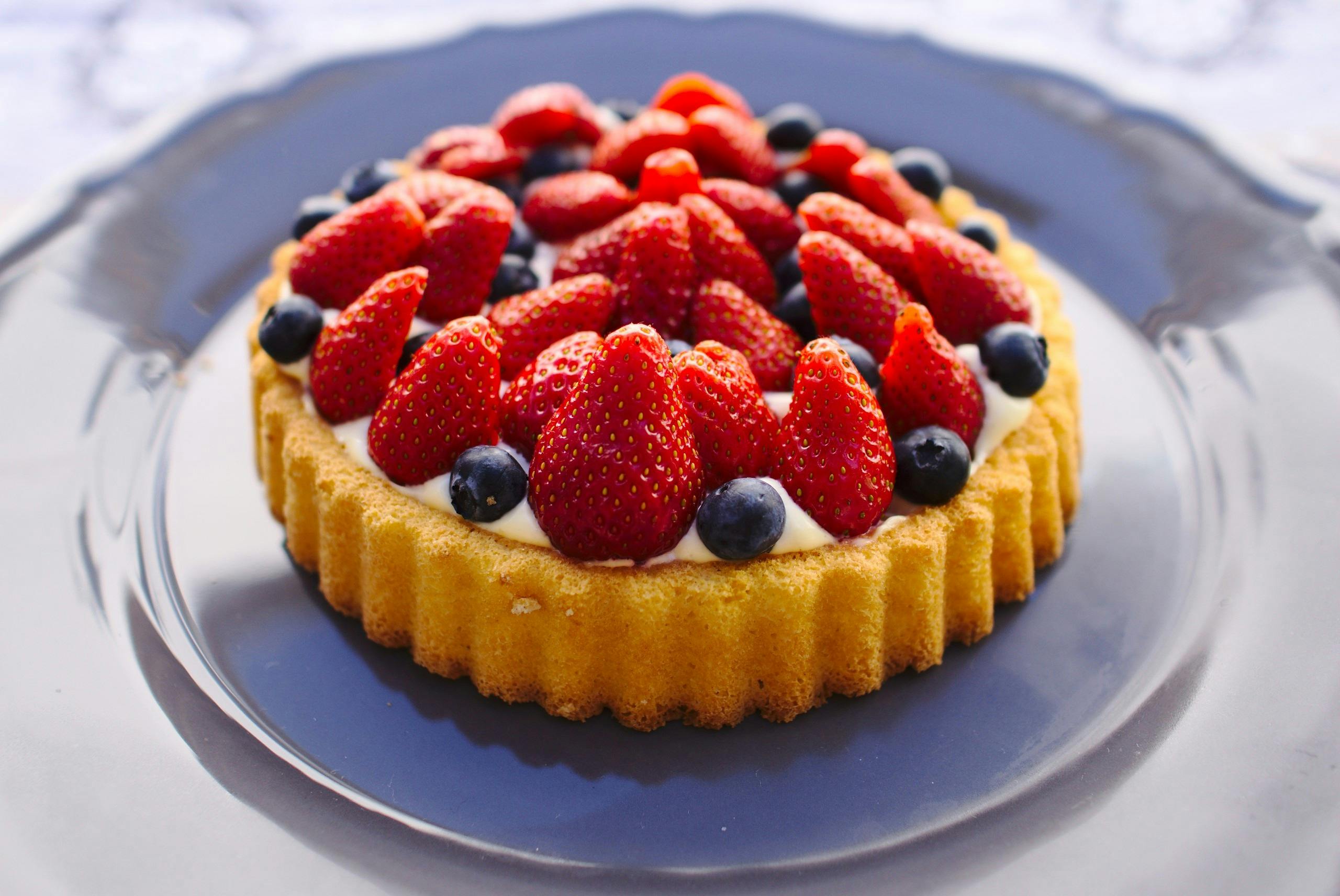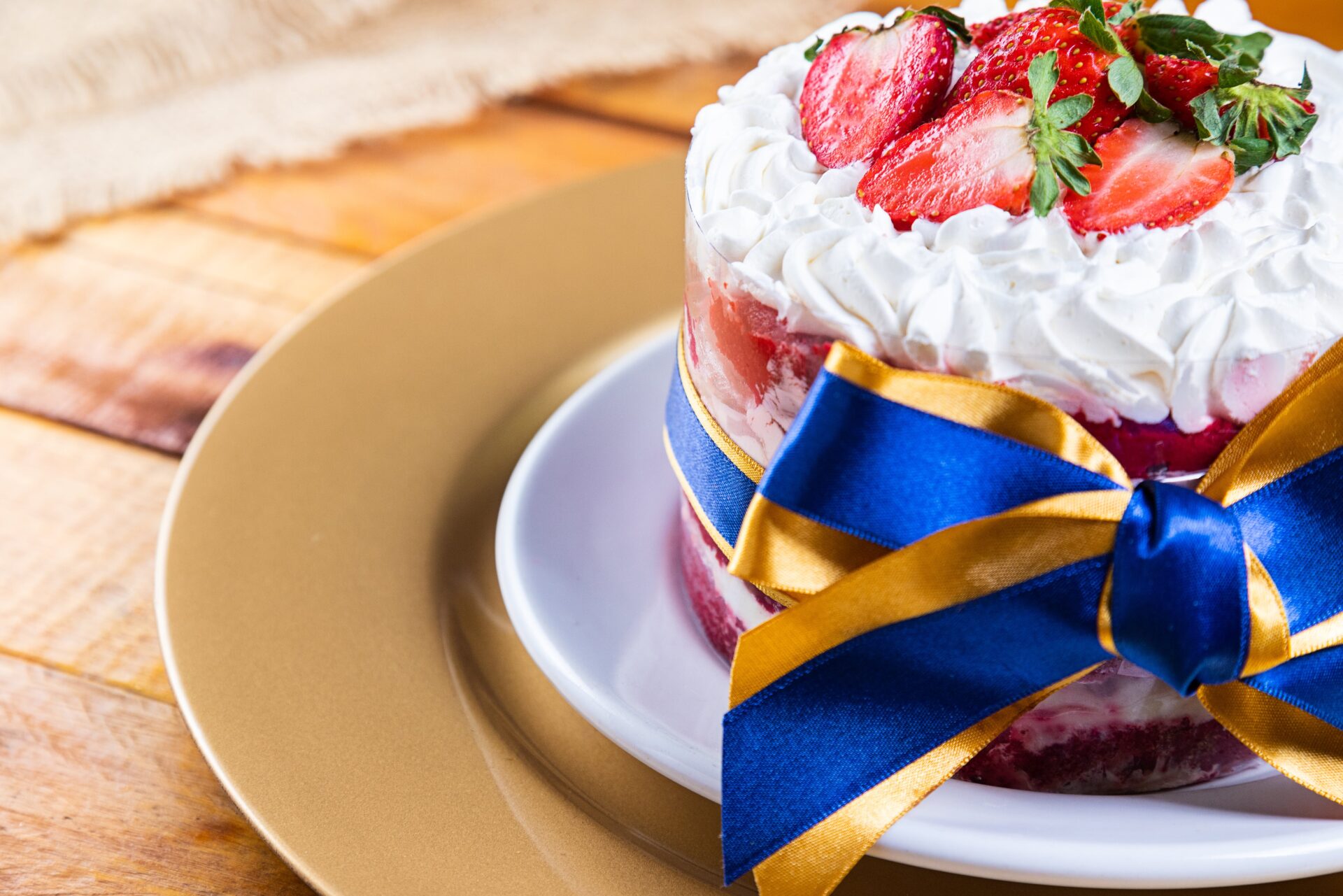Pruning is an important part of growing and maintaining a healthy strawberry plant. Proper pruning will help to maximize the size, quality, and quantity of the strawberries produced. Pruning also helps to keep the plants healthy and looking their best. This guide will provide tips on how to effectively prune a strawberry plant for optimal production.Strawberry plants should be pruned in late winter or early spring, before new growth begins. Pruning should be done right after the last harvest, before the plant begins to put energy into producing flowers and fruit. Dead or damaged leaves and stems should be removed at this time, as well as any runners that are not needed. In the second year of growth, thinning out the strawberry crowns is also recommended. This involves removing some of the existing daughter plants that have formed around the mother plant to allow for better air circulation and more space for new growth.
What Tools Do I Need To Prune Strawberry Plants?
Pruning strawberry plants is an important step in keeping your plants healthy and productive. To do this successfully, you will need a few basic tools. The most important tool for pruning strawberries is a pair of sharp, clean pruning shears. This tool is used to snip off any dead or damaged leaves and stems, as well as any that are competing for space with the healthy plants. You will also need a hand trowel or other digging implement to remove any weeds that may be competing with your strawberry plants for nutrients and water. Finally, you should have a bucket on hand to collect the clippings and debris from your pruning session. With these tools at your disposal, you will be ready to keep your strawberry patch in tip-top shape!
How To Prune Strawberry Plants For Maximum Yield
Pruning strawberry plants is essential for optimal yields. By pruning the plants, you will help promote new growth and encourage the production of larger and more flavorful strawberries. With the right techniques, you can maximize your strawberry harvest by pruning your plants properly. Here are some tips on how to prune your strawberry plants for maximum yield.
The first step is to remove any damaged or dead leaves, stems, and flowers. This will help prevent diseases from spreading throughout the plant. You should also cut off any runners that have already produced fruit. Runners are long stems that grow outward from the main plant, and they can reduce yields if they become too numerous.
Next, thin out the existing foliage by removing some of the leaves and stems. This will allow for better air circulation and sunlight penetration to reach all parts of the plant. When removing leaves, be sure to leave at least two or three healthy leaves per stem so that photosynthesis can still occur.
Finally, pinch off any flowers that have already bloomed on the plant. This will encourage more blooms in subsequent growing seasons since the plant won’t be putting energy into producing fruits at this time. Pinching off old flowers can also help prevent disease since fewer fruits mean fewer places for pests or diseases to take hold.
By following these steps, you can ensure that your strawberry plants are healthy and productive each year. Pruning them regularly will not only help increase yields but also keep them free from disease and pests. With a little care and attention, you can enjoy an abundant crop of delicious strawberries each year!
Pruning Plants
Pruning strawberry plants is an important part of maintaining a healthy and productive garden. Pruning helps to encourage plant growth, remove old, damaged, or diseased foliage, and keep the plants from getting too big. However, when pruning strawberry plants, there are certain precautions that should be taken in order to reduce the risk of disease.
Sanitize Pruning Tools
The first step in reducing the risk of disease while pruning is to make sure all pruning tools are properly sanitized before use. Tools should be cleaned with a 10% bleach solution and allowed to dry before being used on any plant. This will help to prevent the spread of any diseases that may be present on the tool from one plant to another.
Avoid Wounding Plants
When pruning strawberry plants, care should be taken not to wound them as this can cause infection and lead to disease development. When removing diseased foliage or stems it is important to use clean shears or scissors and cut away from healthy tissue as much as possible in order to avoid further damage. It is also important not to leave large wounds open as this can provide an entry point for diseases into the plant tissue.
Discard Diseased Foliage
Any diseased foliage that is removed from the strawberry plant should be disposed of properly in order to avoid spreading any pathogens or diseases back onto the plant. Diseased foliage should not be composted but instead disposed of in sealed plastic bags and thrown away promptly.
Keep Plant Beds Clean
It is also important to keep the area around strawberry plants free of debris such as old leaves or stems as these can harbor pathogens or diseases which can spread onto other plants if left unchecked. The beds around strawberry plants should be kept clear of debris at all times in order to reduce the risk of disease transmission between different plants.
How To Space Strawberry Plants For Proper Pruning
Strawberries are one of the most popular fruits worldwide, and a great addition to any home garden. To ensure you get the best-tasting strawberries, proper spacing of your plants is essential. The goal is to give each plant enough room to grow and produce plenty of fruit without overcrowding. The space needed between strawberry plants will vary depending on the variety, but here are some general guidelines for spacing your strawberry plants correctly.
When planting strawberries in rows, make sure that the rows are spaced at least 18 inches apart. This will give the plants enough room to spread out and receive adequate sunlight. Plant individual strawberry plants 12-18 inches apart within each row, so that they have enough space to grow and develop strong roots.
If you are planting your strawberry plants in patches or mounds, you should space them at least 12 inches apart. This will help ensure that all of your strawberry plants get sufficient sunlight without competition from other plants. Additionally, it will make it easier for you to prune your strawberry plants as needed.
When pruning your strawberry plants, use sharp garden shears or scissors to cut off any runners (the stems that grow horizontally from the main runner) that have grown more than 8-12 inches away from the main plant. This will help promote air circulation and adequate light for all of your strawberry plants, as well as encourage larger fruit production per plant.
Spacing your strawberry plants correctly is an important part of ensuring a successful harvest and delicious fruit! Following these guidelines when planting your strawberries can help ensure that each plant gets enough sunlight and room to grow, leading to bigger and tastier fruit come harvest time!

Reasons To Prune Strawberry Plants
Pruning strawberry plants is an important part of their maintenance and care. Pruning helps to maintain the health of the strawberry plants, as well as providing a number of other benefits. Here are some of the main reasons to prune strawberry plants:
One of the primary reasons to prune strawberry plants is to promote healthier growth and larger fruit. Pruning helps to remove dead or diseased leaves and branches, which can help to reduce diseases and pests that can cause damage to the plant. Pruning also encourages new growth, which can lead to increased yields. By taking off old, damaged leaves and branches, you can also increase air circulation which will help keep your plants healthy.
Another important reason for pruning is that it helps promote better root development. When you prune your strawberry plant, you are removing excess foliage which will help reduce competition for nutrients and water from the roots. This will make it easier for your plant to absorb these vital resources and promote better overall health.
Finally, pruning can also help improve the overall appearance of your strawberry plant. Pruning will help keep your plant looking neat and tidy by removing any dead or damaged foliage. This will also create a more attractive appearance in your garden or landscape.
Pruning Time
Pruning is an important step for growing strawberries. Pruning should be done at the end of the season when the plants are done producing fruit. It is best to prune away dead or diseased foliage and stems in order to promote healthy growth for the following season. The ideal time to prune strawberry plants is in late winter or early spring, after there has been a period of cold weather but before they start actively growing again.
Tools for Pruning
When pruning strawberry plants, it is important to have the right tools. A pair of sharp scissors or garden shears are essential for cutting back dead or diseased foliage and stems. It is also important to have a pair of gloves and a dust mask when pruning, as this will help protect you from scratches and airborne particles that may be present in the garden.
Pruning Techniques
When pruning strawberry plants, it is important to cut away any dead or diseased foliage and stems. These can be identified by their discoloration or lack of vigor. Also, remove any old flower stalks that may still be present on the plant as these will not produce fruit. When cutting back foliage, make sure to leave at least 2-3 inches of healthy growth above each leaf node so that new growth can form.
Strawberry Propagation
Another benefit of pruning strawberry plants is that it can help with propagation. Pruned stems can be used as cuttings which can then be rooted in water or soil for new plant growth. This is a great way to get more strawberry plants without having to buy new ones from a nursery.
Other Tips
Once your strawberry plants are pruned, it is important to make sure they are well fertilized and watered so that they can thrive during the upcoming growing season. Additionally, make sure to keep your strawberry patch weed-free by removing any weeds that may appear throughout the winter and spring months.
Deadheading Strawberries For Maximum Production
Deadheading strawberries is an important part of keeping your strawberry patch healthy and productive. Deadheading involves removing old flower heads from the plant after they have finished blooming. This encourages new growth and more flowers, leading to a larger harvest of strawberries. By carefully deadheading your strawberries, you can maximize your production and enjoy a larger yield of delicious strawberries.
The best time to deadhead your strawberry plants is after the flowers have bloomed and withered away. To do this, simply snip off the old flower head with a pair of sharp scissors or pruning shears. Make sure to cut just above the first leaf below the flower head for best results. Be careful not to damage any new buds or leaves that may still be forming on the plant.
Once you have deadheaded all your plants, it is important to add some fertilizer to help encourage new growth. A balanced fertilizer such as 10-10-10 will provide enough nutrients for your plants to flourish and produce lots of sweet juicy strawberries. Make sure you follow the directions on the package when applying fertilizer to avoid over fertilizing.
Finally, it is important to water your strawberry plants regularly to keep them healthy and productive. The soil should remain moist but not soggy in order for the plants to thrive. Watering once or twice a week should be enough depending on weather conditions in your area.
By taking these simple steps, you can ensure that your strawberry patch remains healthy and productive for many years to come! With proper deadheading, fertilizing, and watering, you can enjoy a large harvest of delicious sweet strawberries each season!

Conclusion
Pruning strawberry plants is an important step in ensuring a successful harvest. Pruning helps to keep the plants healthy and encourage new growth, while also eliminating overcrowding and dead or diseased leaves. Pruning should occur every year and should focus on removing any old or damaged leaves, thinning out overcrowded shoots, and keeping runners in check.
When pruning strawberry plants, it is important to use sharp pruning shears or scissors to make clean cuts that will not damage the plant. It is also important to carefully monitor your plants for any signs of disease or insect infestation so that you can take action if necessary. Pruning strawberry plants regularly can help ensure a bumper crop of juicy strawberries each year.



